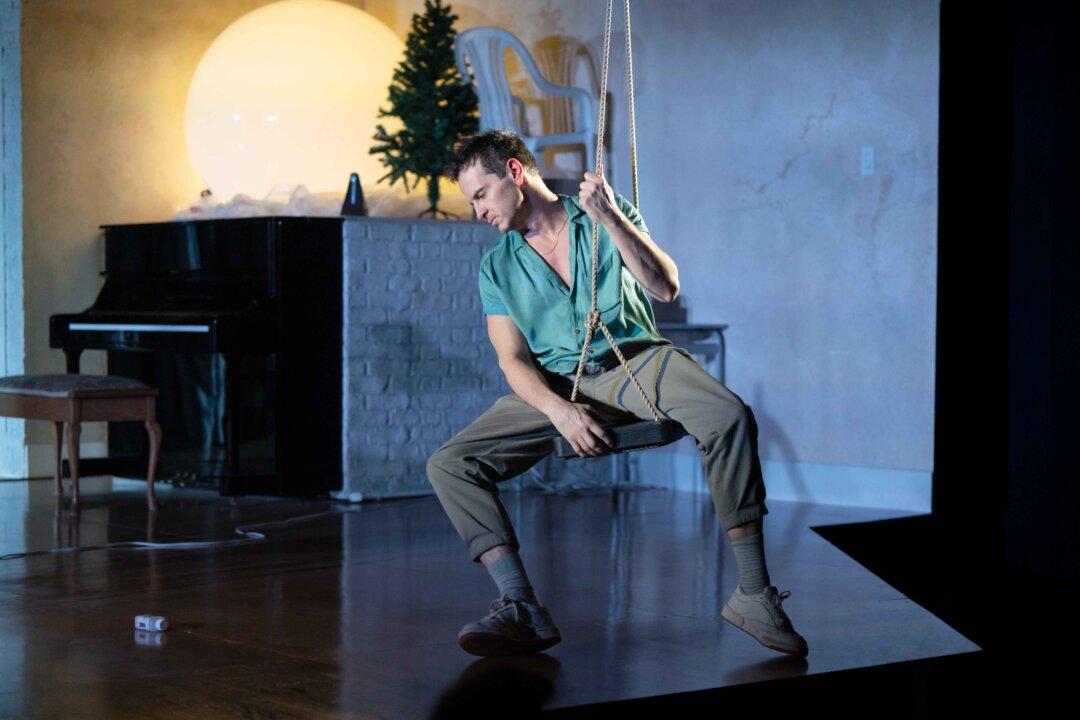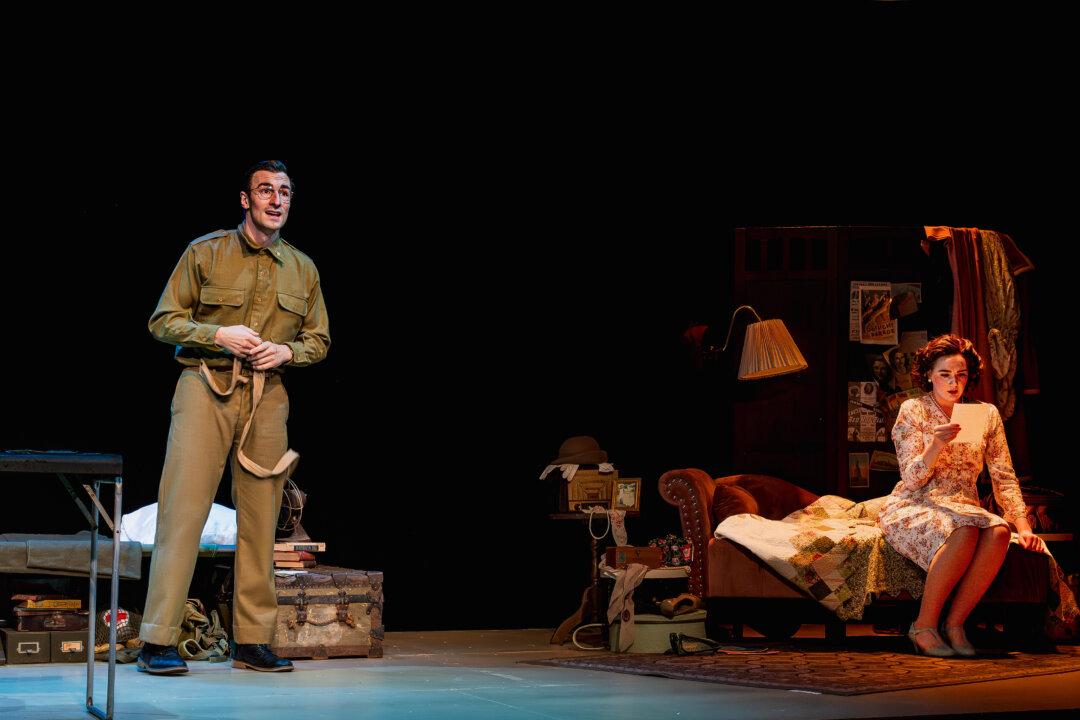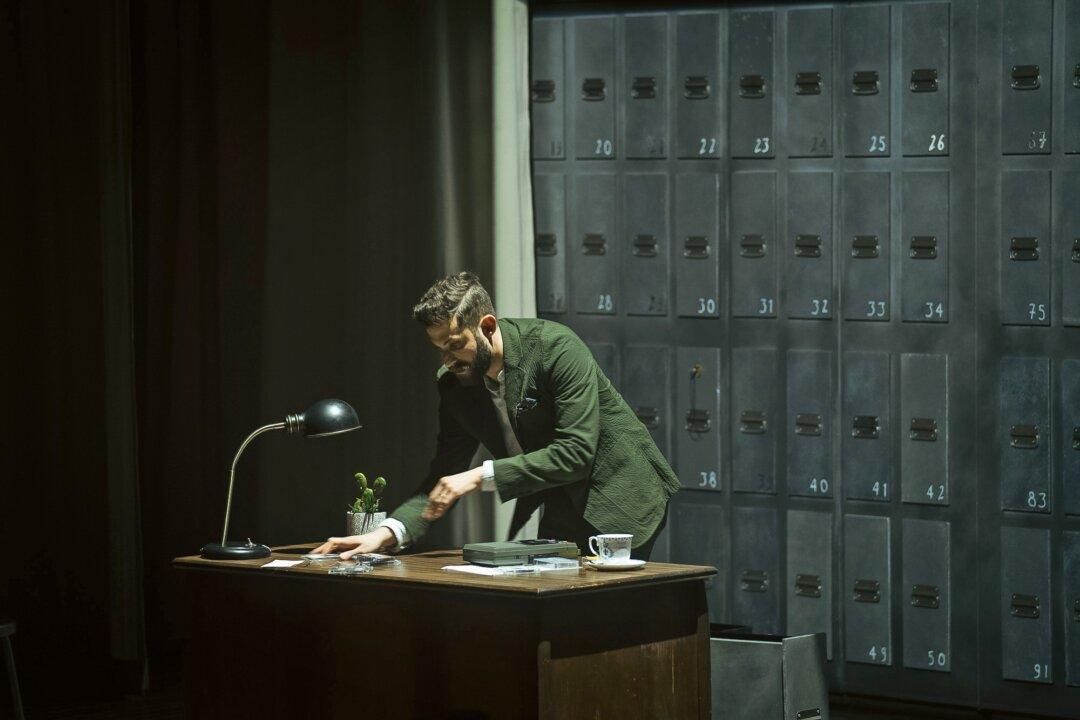The Old Life and the New
In the Russian countryside, title character Ivan oversees a large estate with his niece Sonia, daughter of his much-beloved deceased sister, Anna. Living with them is Ivan’s aged mother, with whom he doesn’t always get along.For the last 25 years, life has been an endless, mind-numbing routine as Ivan and others work the land and strive to keep it profitable. But this practice is suddenly upended with the arrival of Sonia’s father, Alexander—owner of the estate, and his much younger second wife, Helena.
The cosmopolitan attitudes and expectations of the two newcomers, which include staying up late and having their meals whenever they feel like it, quickly come into conflict with the well-ordered life that the others follow.
A common element that binds the characters together is crushing despair. Everyone is unhappy. Ivan is angry about having given up his future for the sake of his sister, something for which he has never been thanked. Helena, who loves and respects her husband, has a burning need for a connection he’s seemingly unable to fulfill. Even Alexander, who rails against his aging body and past career, is desperate to prove he’s worth more than yesteryear’s body of work. Helena’s presence has piqued the interest of Michael, a doctor in the district who has basically retreated from life. Little does he know that Sonia has been secretly in love him with for six years.

A Remarkable Performance
Scott shifts identities, perspectives, and attitudes with astonishing ease. What especially holds the audience’s attention are the characters’ conversations. Be it a heart-to-heart talk between Sonia and Helena, a confrontation between self-absorbed Alexander and grudge-carrying Ivan, or an exploration of a possible assignation between Michael and Helena, each exchange seems as if it’s actually occurring between two separate people. Nothing feels gimmicky or contrived. Even moments where characters embrace, touch, or otherwise engage with one another fit perfectly into the context of the play.Direction by Sam Yates is completely in tune with Scott’s performance and Stephens’s adaptation. That’s not a surprise since all three, along with designer Rosanna Vize, are the show’s co-creators. Yates gives Scott enough free rein to become the characters as needed, but he also keeps him in check to make sure nothing in the performance approaches caricature or parody. Simultaneously, Yates builds up the overall tension, leading ultimately to a series of decisions from the play’s inhabitants as to whether they stay their current course or strike out in a new direction.
Another strong element in the production includes lighting work by James Farncombe. It highlights key moments of Scott switching characters without specifically calling attention to them. Michela Meazza, who is credited with the show’s physicality and movement, is another excellent addition.

Attendees would be advised to become familiar with the source material beforehand, as anyone unfamiliar with the play might find themselves lost. This is especially true early on, when the play features minor characters that are only on the narrative’s periphery.
A perfect example of how to make a much-presented work seem fresh and new, “Vanya” proves to be an exemplary evening of theater thanks to excellent production values and a performance from Scott that is simply superb.







